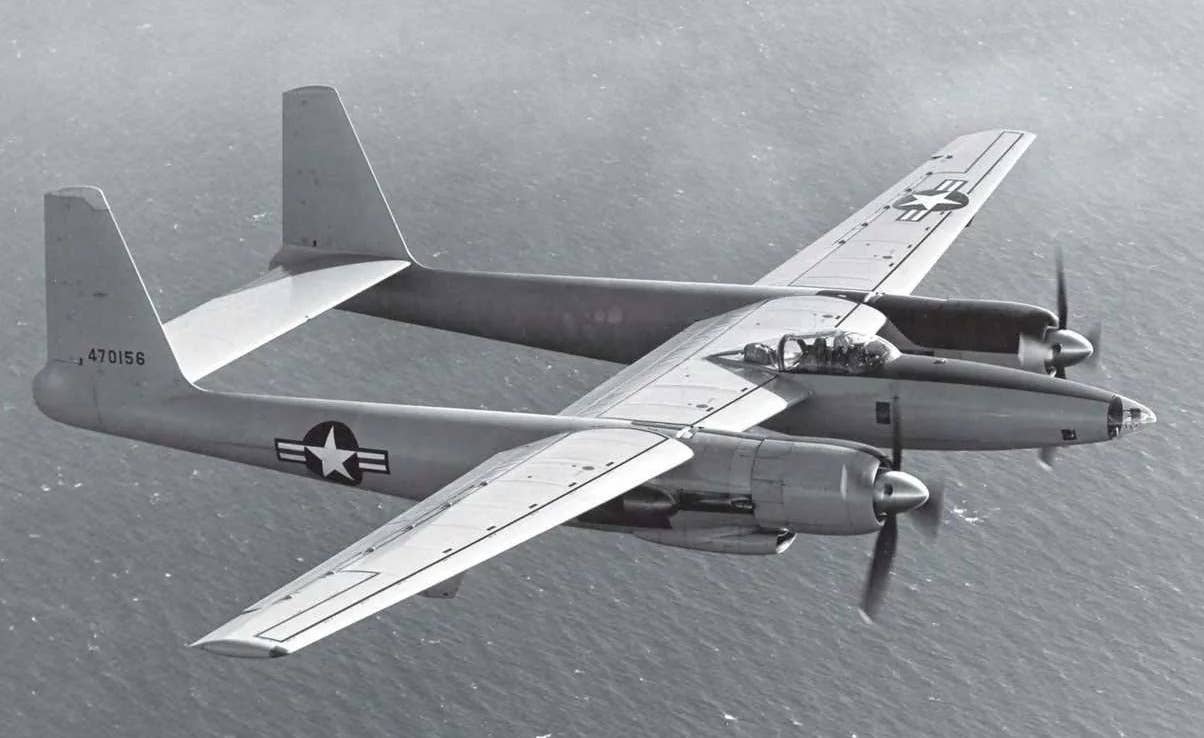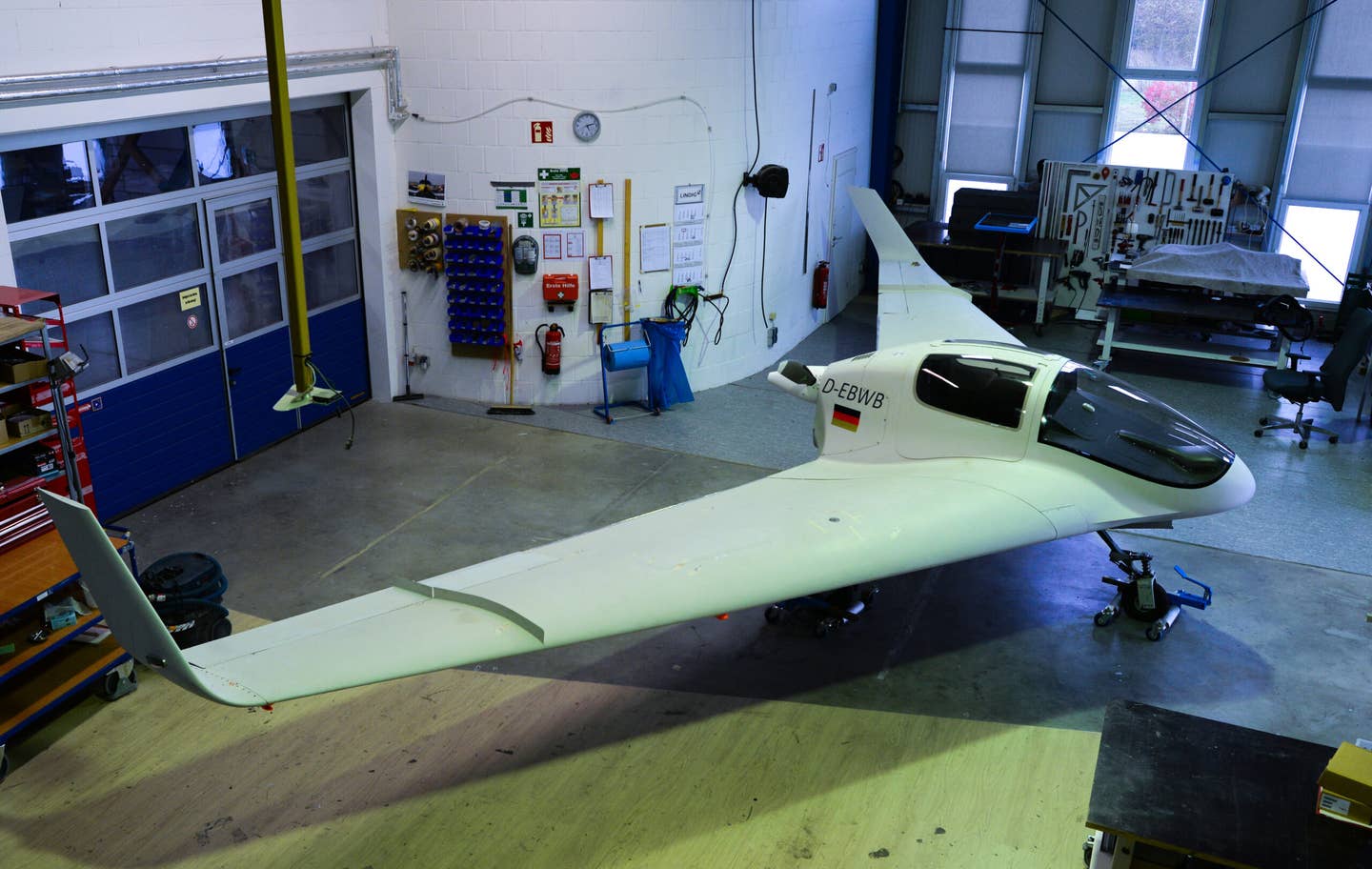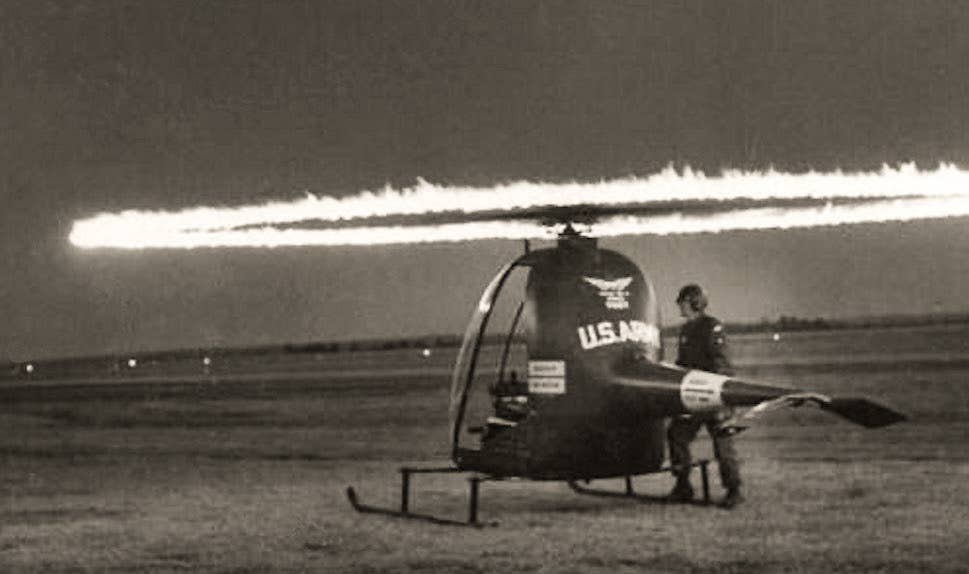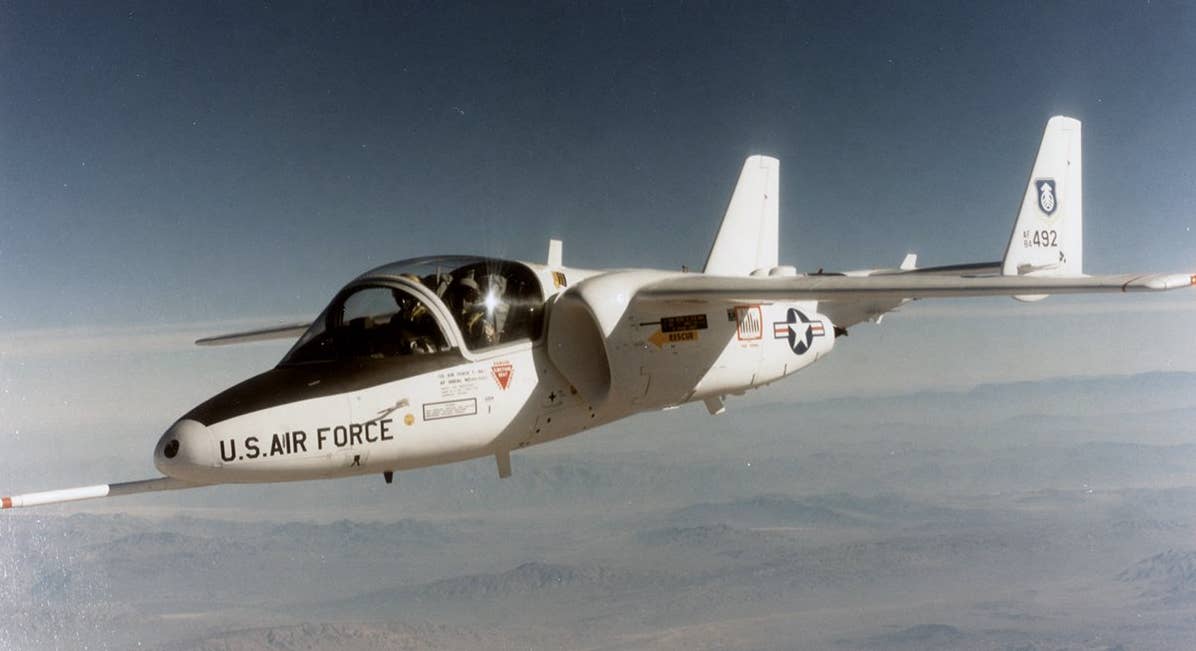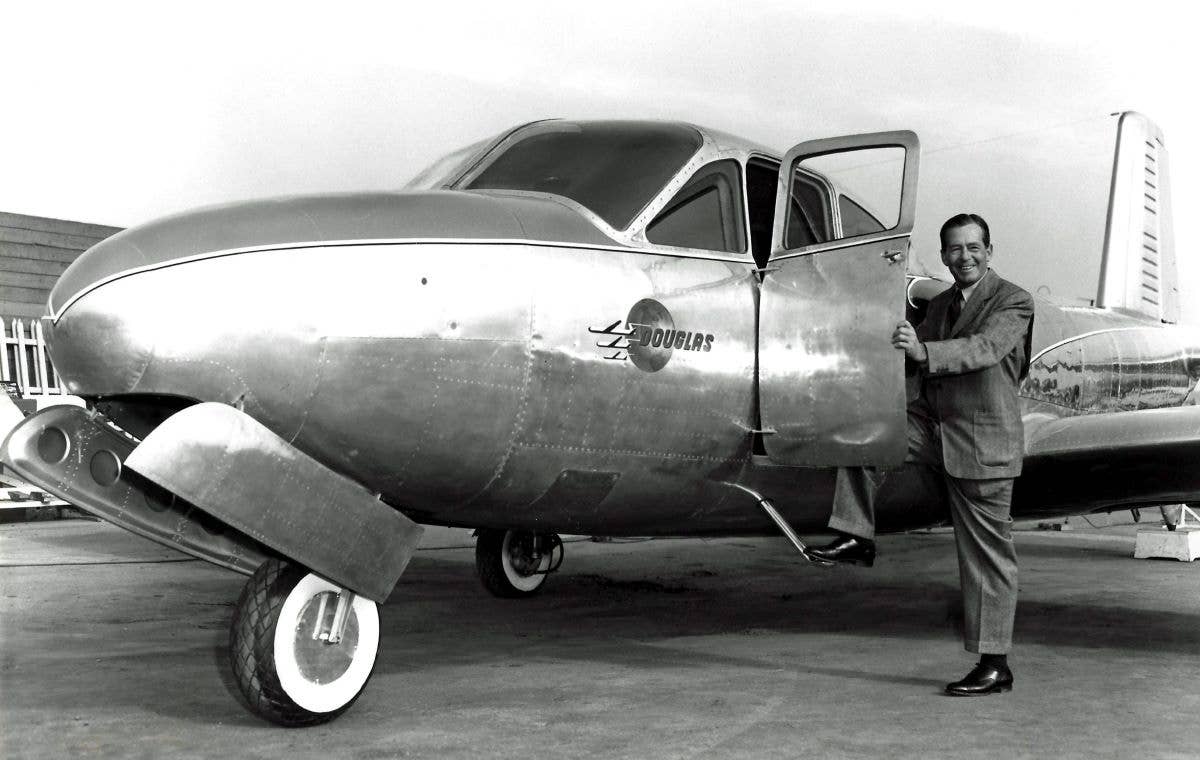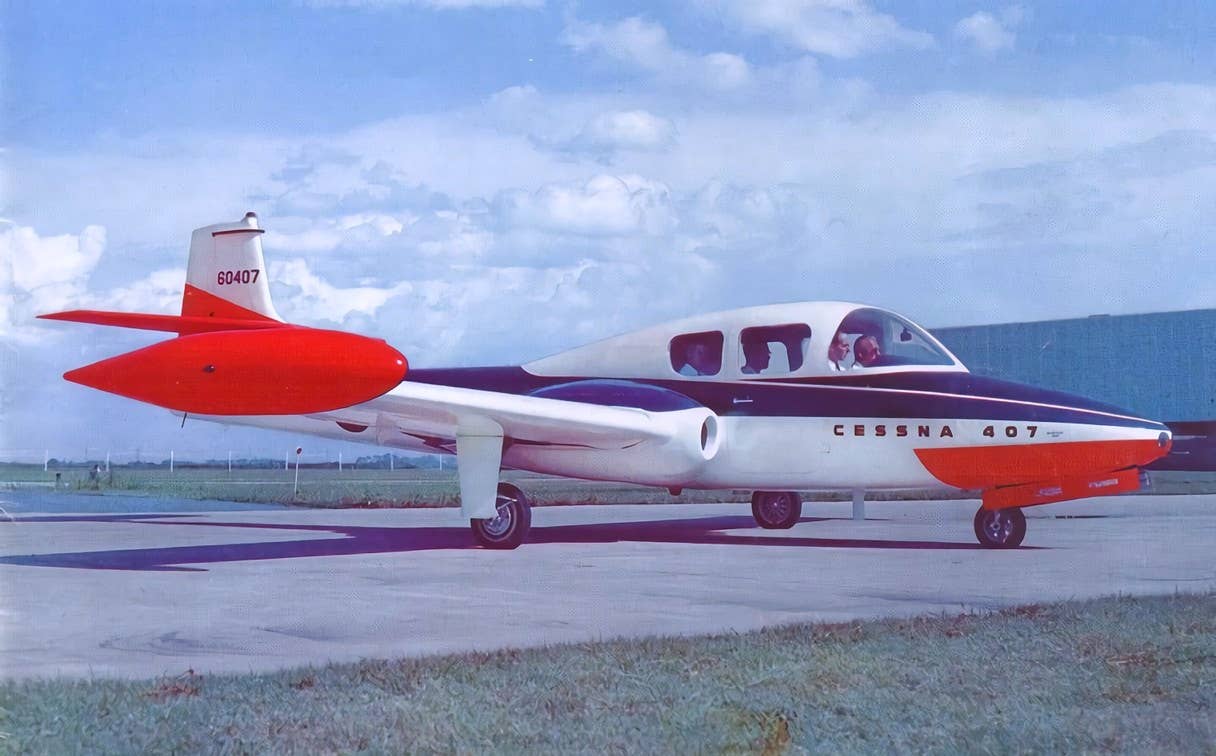Meet The Often-Forgotten Cessna XMC
Only one was ever built, and it was never intended for series production.
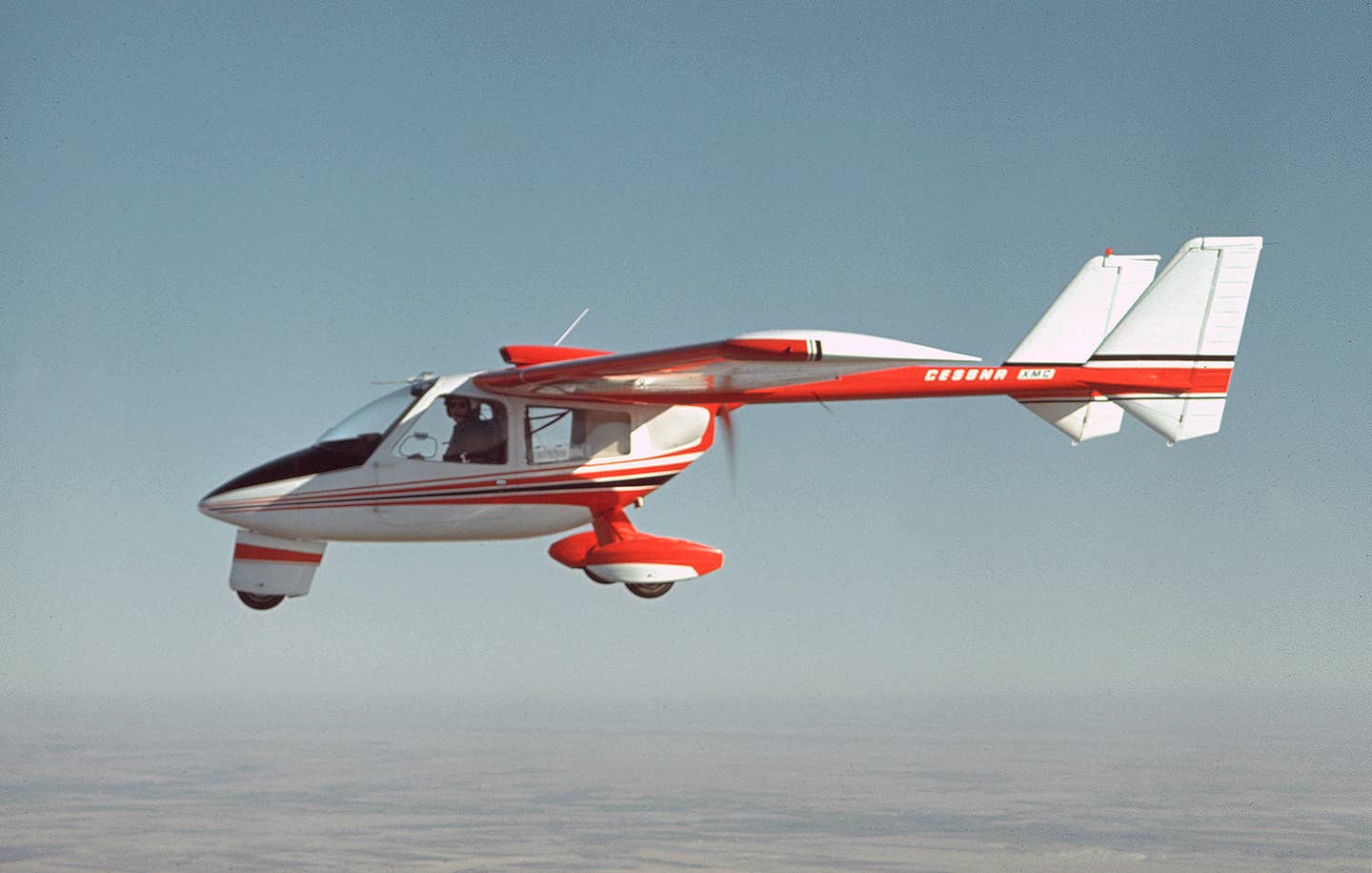
The Cessna XMC was one of the least-known and most unique Cessnas ever to take flight. [Photo: Textron Aviation, Inc.]
If the average aviation enthusiast was asked to name the very first swept-wing Cessna ever built, they would likely name one of the many Citation business jets. The Citation X, for example, had one of the most highly-swept wings of any civil aircraft, enabling later models to achieve 0.935 Mach. But in fact, the first Cessna to utilize a swept wing was this unique little airplane, the Cessna XMC.
First flown in January 1971, only one XMC was built, and it was never intended for series production. Instead, it was intended to serve as a research aircraft, enabling the company to more thoroughly explore various concepts, technologies, and manufacturing technologies. Perhaps to remove any doubt regarding the purpose of the XMC, Cessna explained that the name was an acronym that stood for “eXperimental Magic Carpet.”
Looking at the stats, the XMC resembled a futuristic 150. It was equipped with the same 100 hp Continental O-200 four-cylinder engine, it weighed approximately 1,000 pounds, and it had two seats. Even the wingspan was similar, only 6 inches less than the 150.
But similar as the technical specifications may have been, the two airplanes couldn’t have been more different…which was the entire point. The XMC’s engine was relocated to the aft end of the fuselage, and the traditional tail was replaced with a twin-boom arrangement that resembled the much larger Skymaster twin. This resulted in a decidedly new look that was a significant departure from the existing airframes.
Because the powerplant was unchanged and the weight similar to the 150, Cessna did not expect the XMC to exhibit markedly different performance. Instead, the company used the airplane to evaluate various manufacturing methods, such as metal bonding, to reduce the cost of production aircraft. A later modification of the XMC would see the introduction of a propeller shroud, intended to explore improvements in propeller efficiency and noise reduction.
Cessna’s interest in the XMC extended beyond the technical aspects, however. In a 1971 Popular Science interview, Cessna president Del Raskom explained how one of the benefits to the pusher-propeller layout was the ease of cabin entry. He felt that this was more difficult in a traditional tractor-prop layout, and he touted the XMC’s wider, lower cabin and comparatively massive doors.
When asked about the swept wing, Raskom claimed it was chosen for style and visibility. While the visibility from the XMC’s cabin was undoubtedly fantastic, it’s possible the sweep was primarily a function of the center of gravity. Many aircraft with aft-mounted engines struggle with a center of gravity that moves too far aft with an empty cabin, and the XMC’s wing sweep might have actually been utilized to position the fuel tanks farther forward. This would have helped to prevent the airplane from tipping onto its tail with an empty cabin, as the Rutan EZ models will do if the nose gear isn’t retracted.
The XMC would go on to serve its purpose as a research vehicle, and then disappeared from public view entirely. Presumably scrapped, only a handful of photos remain. The photos you see here were recently located in Textron Aviation’s historical archives and were subsequently cleared for public viewing.
Today, photos are apparently all that remain. There is no record of any XMC models ever being mass produced, no official company brochures appear to have ever been distributed, and detailed information about the airplane is exceedingly scarce. Perhaps the only remaining artifact of the XMC is the tail number it once wore—N7174C—which is, as of this writing, available for request from the FAA registry.

Subscribe to Our Newsletter
Get the latest FLYING stories delivered directly to your inbox

